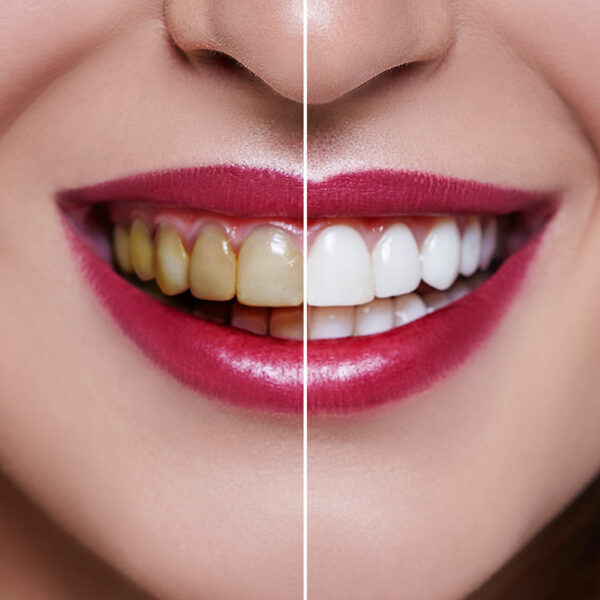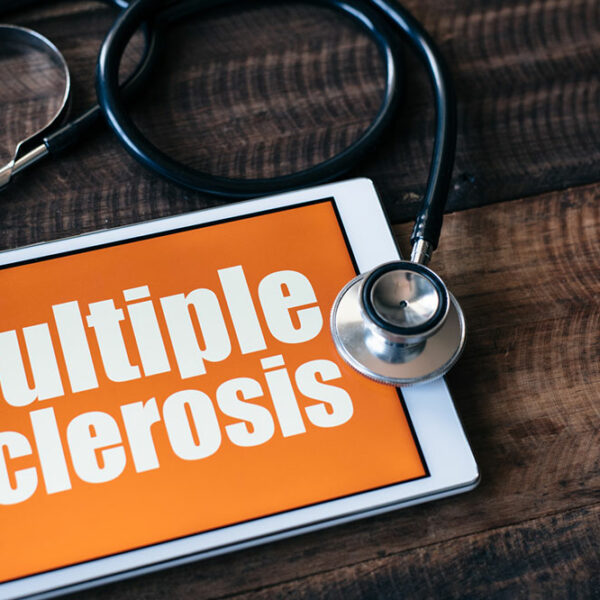
How Alzheimer’s disease is treated and managed
A person suffering from Alzheimer’s disease would experience memory problems, and even face issues with their thinking process and behaviour patterns. This disease does not set in instantly, as its progression is slow; the symptoms start showing gradually over the years. With time, they get worse to the point where they affect the person’s ability to perform day to day tasks. Let us take a look at how Alzheimer’s disease is treated: Alzheimer’s is diagnosed with a series of tests. These include a physical check-up and certain medical tests. The medical tests involve neurological evaluation of basic movements like balancing and standing, as well as blood tests, CT scans, and MRI scans. The patient’s mental health is also evaluated. Following diagnosis, the treatment of Alzheimer’s involves the use of certain medicines. The main one used are: Memantine Memantine is a medication that works towards slowing down the advancement of Alzheimer’s from a mid-level to a more serious phase. It is typically not given alone, but with other medication as well. Cholinesterase inhibitors Cholinesterase inhibitors work by raising cellular communication to improve the balance of certain chemicals in the body. It is due to an imbalance in these chemicals that Alzheimer’s develops.









